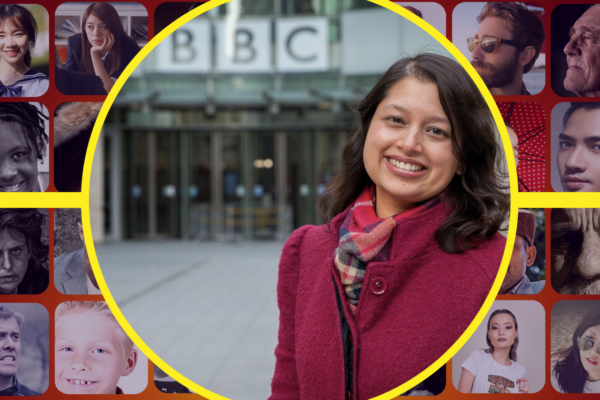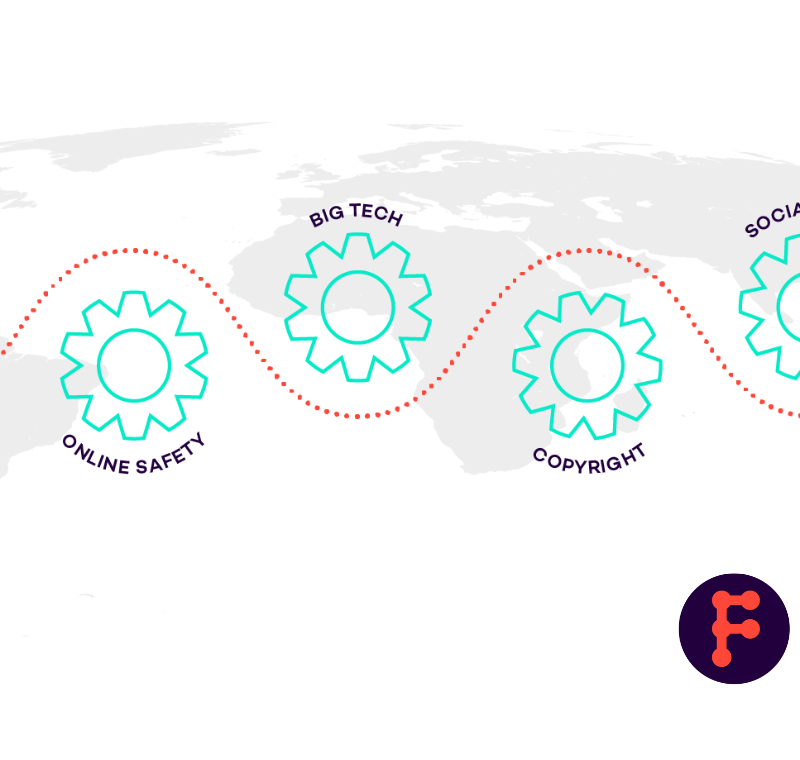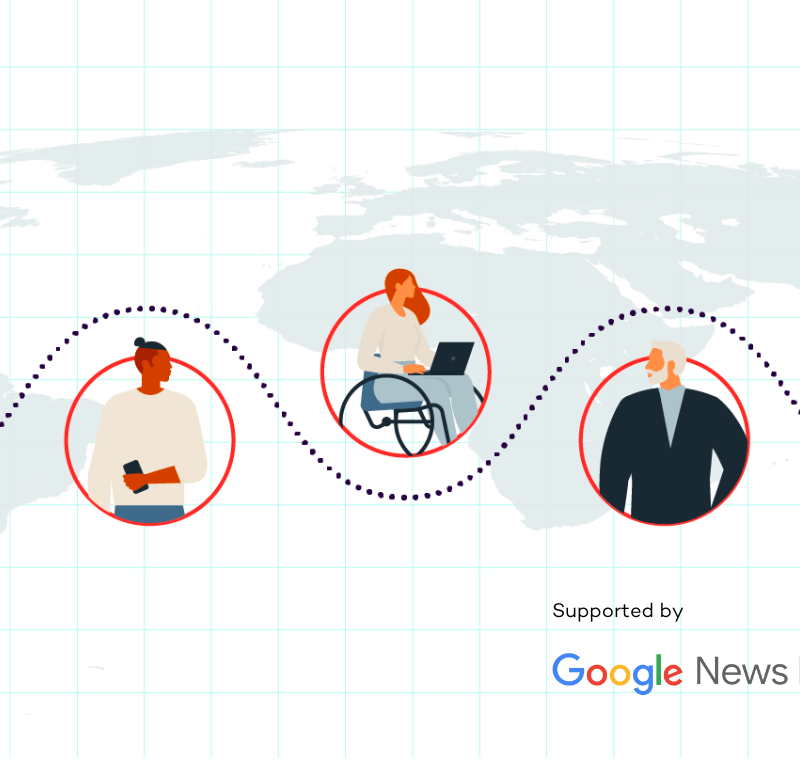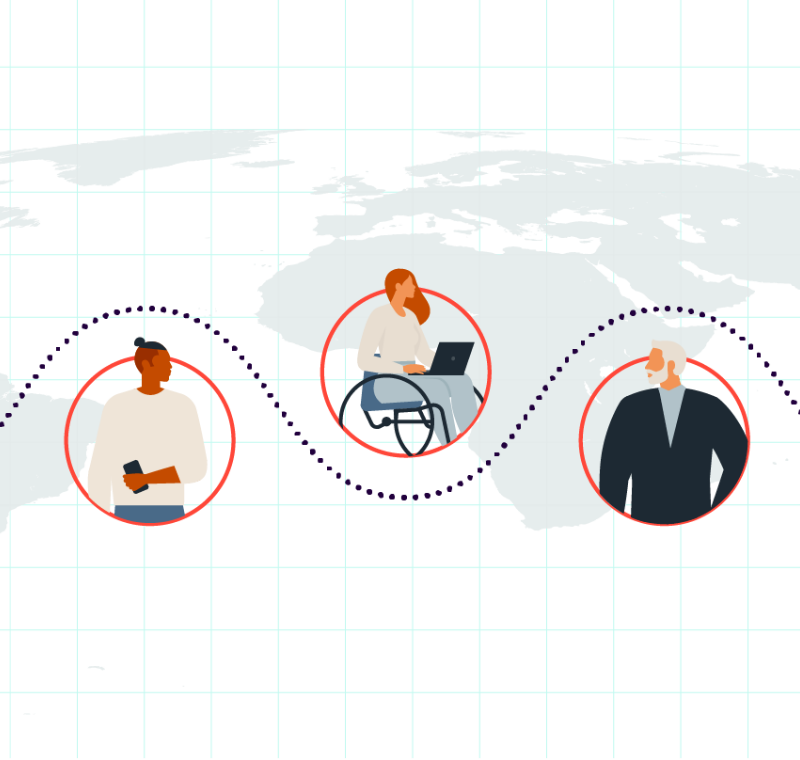The BBC 5050 Project: from asking one simple question, to impacting media diversity around the world
The BBC 5050 Project began in 2017 with one simple – but significant – question: could one news team, working on one show, achieve 50 per cent female representation in its content output over a one month period? So successful was this initial idea, that it has now grown to encompass 650 teams across the company, as well as 85+ partner organisations working in 26 countries around the world.







